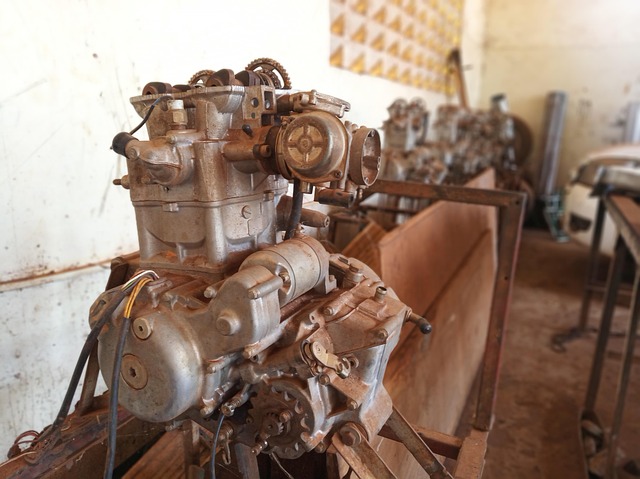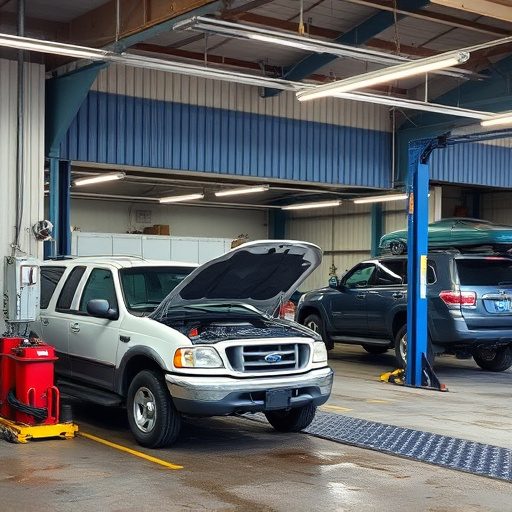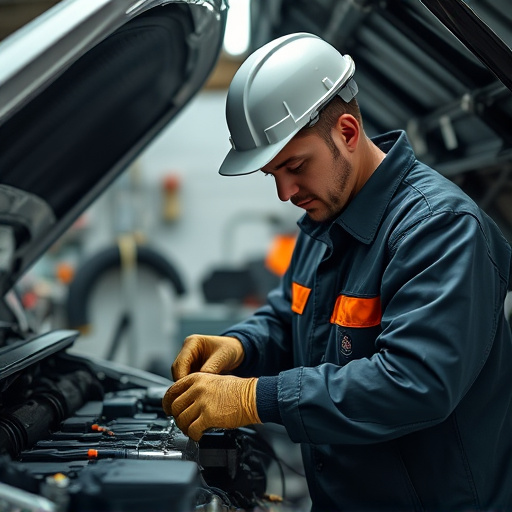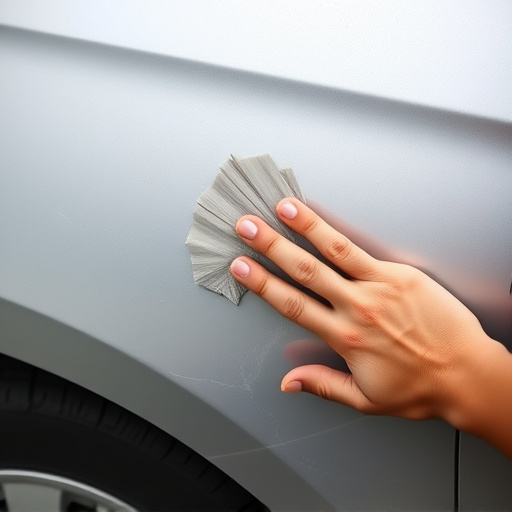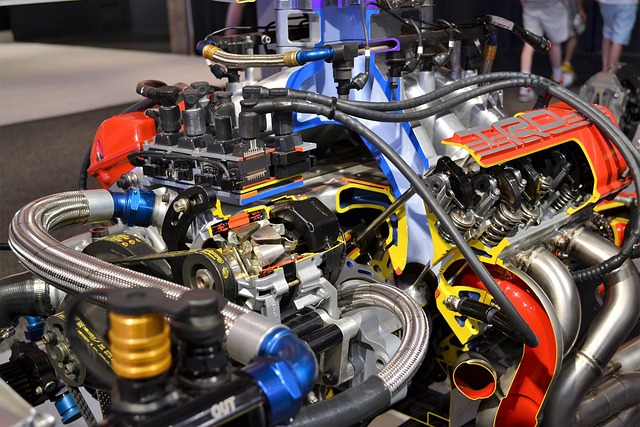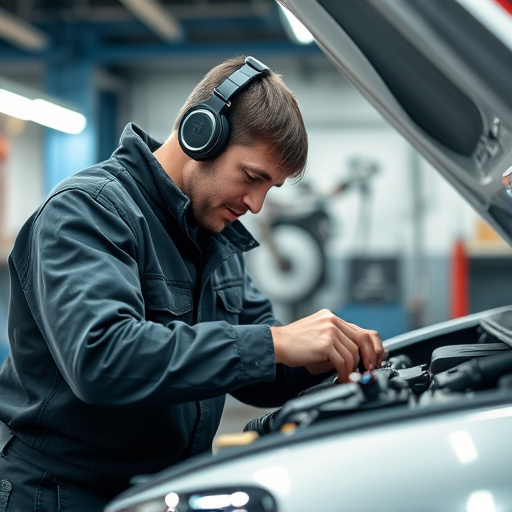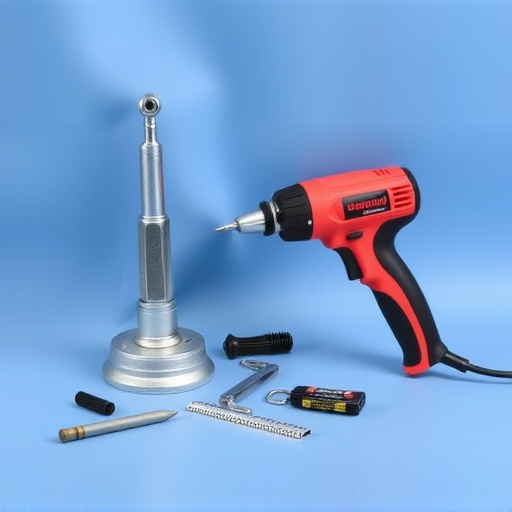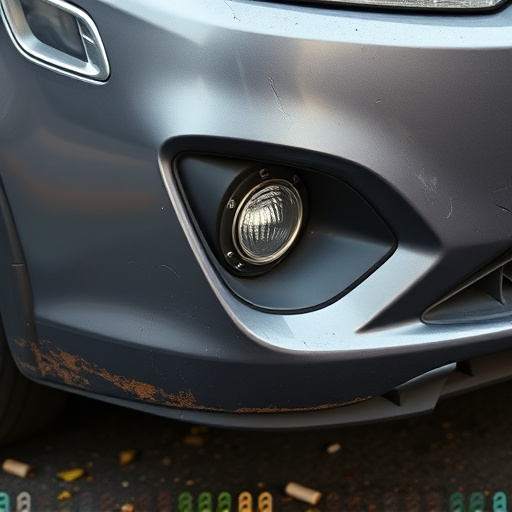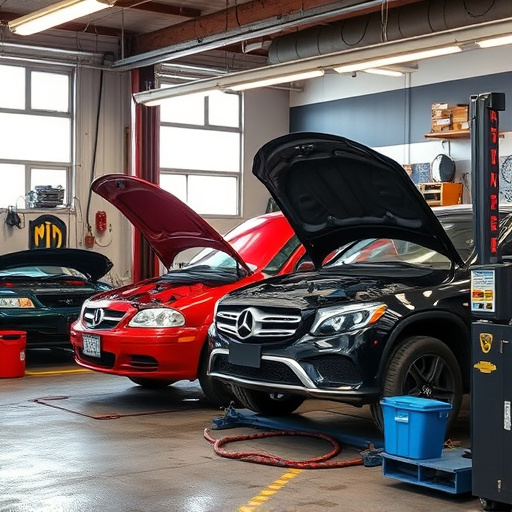Hail damage assessment is a crucial step in determining repairs needed for vehicles affected by severe weather. Technicians conduct detailed visual inspections, documenting dents, cracks, and paint damage with high-resolution images. The severity of each imperfection is evaluated to prioritize repairs, from minor dent removal to complex metalwork and replacement parts. This meticulous process enables accurate estimates and efficient hail damage repair, focusing on structural integrity and aesthetic appeal.
Hail damage can wreak havoc on businesses, leaving roofs and vehicles in disarray. To ensure swift and efficient repairs, shops employ meticulous assessment protocols. This article delves into the strategies used to evaluate hail damage, offering a step-by-step guide for determining severity. From identifying key indicators to prioritizing repairs, we explore the factors that drive effective hail damage repair processes, empowering businesses with the knowledge to navigate this challenging scenario.
- Understanding Hail Damage Assessment Protocols
- The Step-by-Step Process for Evaluating Hail Damage
- Key Factors in Determining Repair Severity and Priority
Understanding Hail Damage Assessment Protocols

Hail damage assessment protocols are crucial steps that determine the severity and scope of repairs required for hail-impacted vehicles. These protocols involve a thorough inspection, which includes both visual and sometimes digital assessments. During this process, professionals examine the car’s exterior, identifying individual dents, dings, and cracks caused by hailstones. Each feature is meticulously documented to create a comprehensive record of the damage, ensuring that every detail is accounted for in the subsequent hail damage repair process.
Understanding these protocols is essential as they guide auto body repair experts in categorizing the damage into minor, moderate, or severe levels. This classification directly influences the approach and techniques used during the auto body work or auto detailing stage. Minor repairs might involve straightforward dent removal, while more complex cases could necessitate intricate metalwork and even replacement parts for auto body repair, ensuring the vehicle’s structural integrity and aesthetic appeal are restored to their pre-hail condition.
The Step-by-Step Process for Evaluating Hail Damage

Assessing hail damage is a meticulous process that car body shops employ to determine the extent of repairs required for vehicles affected by severe weather events. The steps typically involve a thorough inspection, documentation, and a detailed evaluation. First, technicians carefully examine the vehicle’s exterior, looking for signs of impact and the resulting marks left by hailstones. They check for dents, cracks, and chipped paint, noting their size, depth, and location. Each damaged area is documented with high-quality images to capture every detail.
Once the initial inspection is complete, the shop’s experts will assess the severity of each dent and crack using specialized tools and methods. This may involve measuring the depth of dents or using diagnostic equipment to identify hidden damage beneath the surface. The process helps in differentiating between superficial and structural issues. Based on this evaluation, they can then provide an accurate estimate for car paint repair, ensuring that every aspect of hail damage repair is addressed by vehicle repair services.
Key Factors in Determining Repair Severity and Priority

When assessing hail damage for repair, several key factors come into play to determine the severity and priority of the work required. The extent of the damage varies widely, from minor dents and scratches to complete panel replacement or even frame straightening in severe cases. The first step is a thorough inspection, where experienced technicians assess every inch of the affected vehicle, documenting all visible imperfections using detailed photographs.
These visual aids are crucial for providing an accurate account of the damage, enabling workshops to decide on the scope of work needed. This includes evaluating the size and depth of dents, crack or break analysis in windows and headlights, and assessing structural integrity, especially in cases where auto frame repair or auto body restoration is required. Prioritizing repairs based on these factors ensures that the most critical issues are addressed first, leading to faster turnaround times and restoring the vehicle to its pre-hail condition effectively.
Shops assess hail damage severity using standardized protocols that involve a meticulous evaluation of each impact site. This process, outlined in steps from inspection to prioritization, ensures repairs are conducted efficiently and effectively. By understanding the key factors influencing severity, businesses can optimize their resources for prompt and thorough hail damage repair, minimizing disruption to operations and customer satisfaction.


